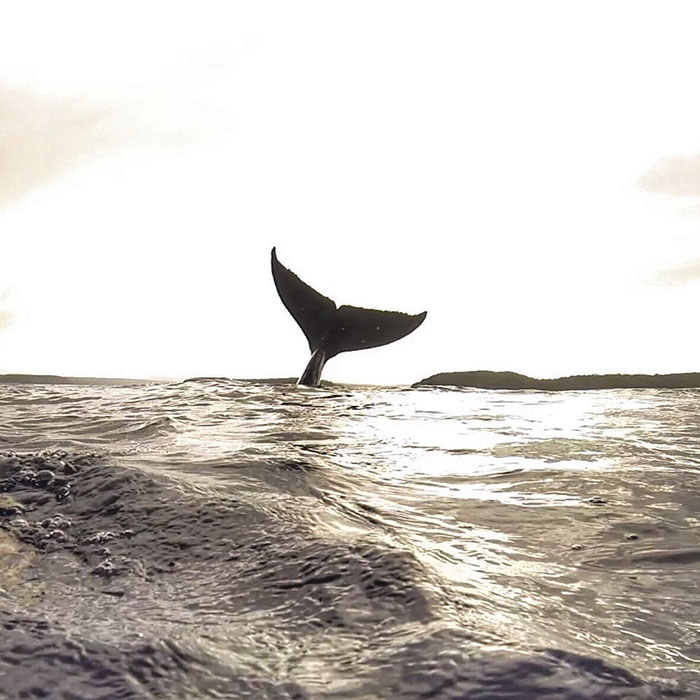A groundbreaking discovery reveals that the communication of humpback whales mirrors key structural elements found in human language, challenging long-held beliefs about its uniqueness.
Others are reading now
Communication is a fundamental aspect of many species, but human language has long been considered unique in its complexity and structure.
However, new research suggests that whales’ songs may share striking similarities with human speech patterns, raising questions about how language evolved.
As reported by HotNews.ro, the study, conducted by the Hebrew University of Jerusalem and published in Science, found recurring structures within whale songs similar to those in human languages.
Cultural Transmission and Structured Patterns
Researchers analyzed eight years of recordings from humpback whales near New Caledonia in the South Pacific.
Also read
They discovered that the whales’ songs contain systematic, recurring structures—a hallmark of human language.
Both whale songs and human speech are culturally transmitted across generations, suggesting that these patterns may facilitate learning in both species.
Simon Kirby, a linguistics expert from the University of Edinburgh, explained that the findings challenge traditional assumptions about language being exclusive to humans.
“This allows us to uncover deep commonalities between species that are evolutionarily distant,” Kirby noted. He added that such insights could shed light on how language evolved, not only by studying primates but also through examples of convergent evolution in other species.
Unexpected Complexity in Whale Communication
Ellen Garland, a researcher at the University of St Andrews and co-author of the study, described the discovery as surprising.
“Revealing this hidden, language-like structure in whale songs was unexpected,” Garland said. She emphasized the need for further research to understand whether these structures serve a comparable function for whales as they do for humans.
This discovery broadens the scope of linguistic research, suggesting that patterns in communication might not be as uniquely human as previously thought.
Scientists are now considering the possibility that language’s evolutionary roots may be more deeply intertwined with nature than earlier theories suggested.








